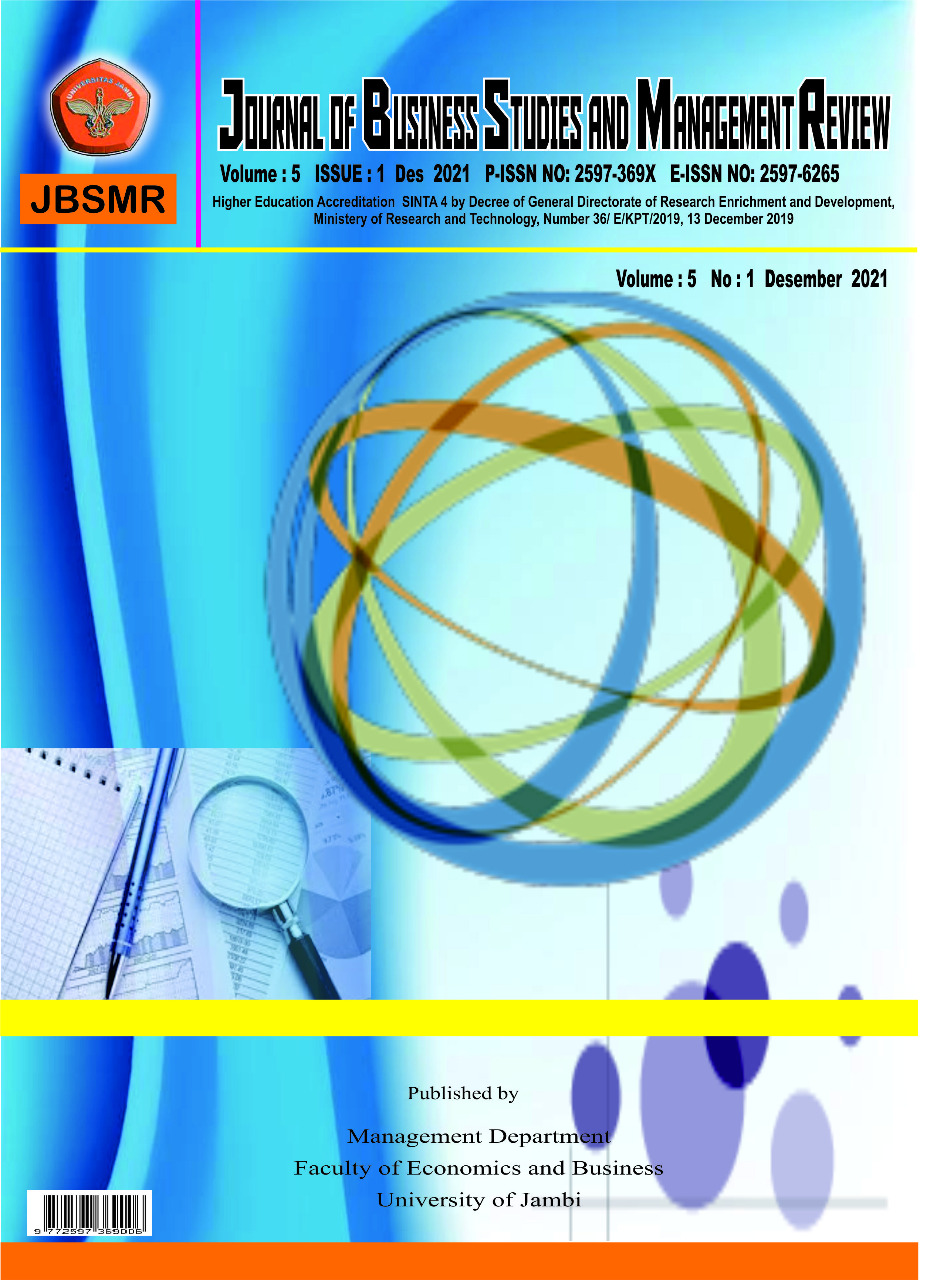INTENTION IN USING LONG-TERM CONTRACEPTIVE METHODS
(EXPLORING THE IMPACT OF KNOWLEDGE)
DOI:
https://doi.org/10.22437/jbsmr.v5i1.15803Keywords:
Long-Term Contraceptive Methods, knowledge, intentionAbstract
The purpose of this study is to determine the level of knowledge and interest in long-term contraceptive methods among couples of reproductive age in Cimahi, as well as how much knowledge influences interest in using long-term contraceptive methods. Explanatory research is used in research. A sample of 400 respondents was distributed to respondents in Cimahi who still use short-term contraceptive methods. The sampling technique used is quota sampling, which is distributed in 3 sub-districts in Cimahi. Questionnaires were distributed online and offline. The majority of respondents already know about long-term contraceptives, especially intrauterine devices. However, they are less interested in using it. This is due to the perception of the high cost of installation. But they are basically willing to use it if the cost is free. Knowledge is quite closely related to intention, which means that if knowledge is increased, the respondent's intention will also increase. Optimizing the roles of health workers, field instructors, and relatives in disseminating information related to long-term contraceptives can be done to increase knowledge. Correcting the information on the myths that have been circulating in the community can be done by involving a third party who is believed to be able to correct the incorrect myth. Corporate Social Responsibility activities from companies in Cimahi or community service from universities engaged in the health sector in collaboration with the local government to eliminate the cost of installing contraceptives can be carried out to increase their use.
Downloads
Downloads
Published
How to Cite
Issue
Section
License
Copyright (c) 2021 Tezza Adriansyah Anwar, wendra, Indarti

This work is licensed under a Creative Commons Attribution 4.0 International License.

This work is licensed under a Creative Commons Attribution 4.0 International License.





.png)




